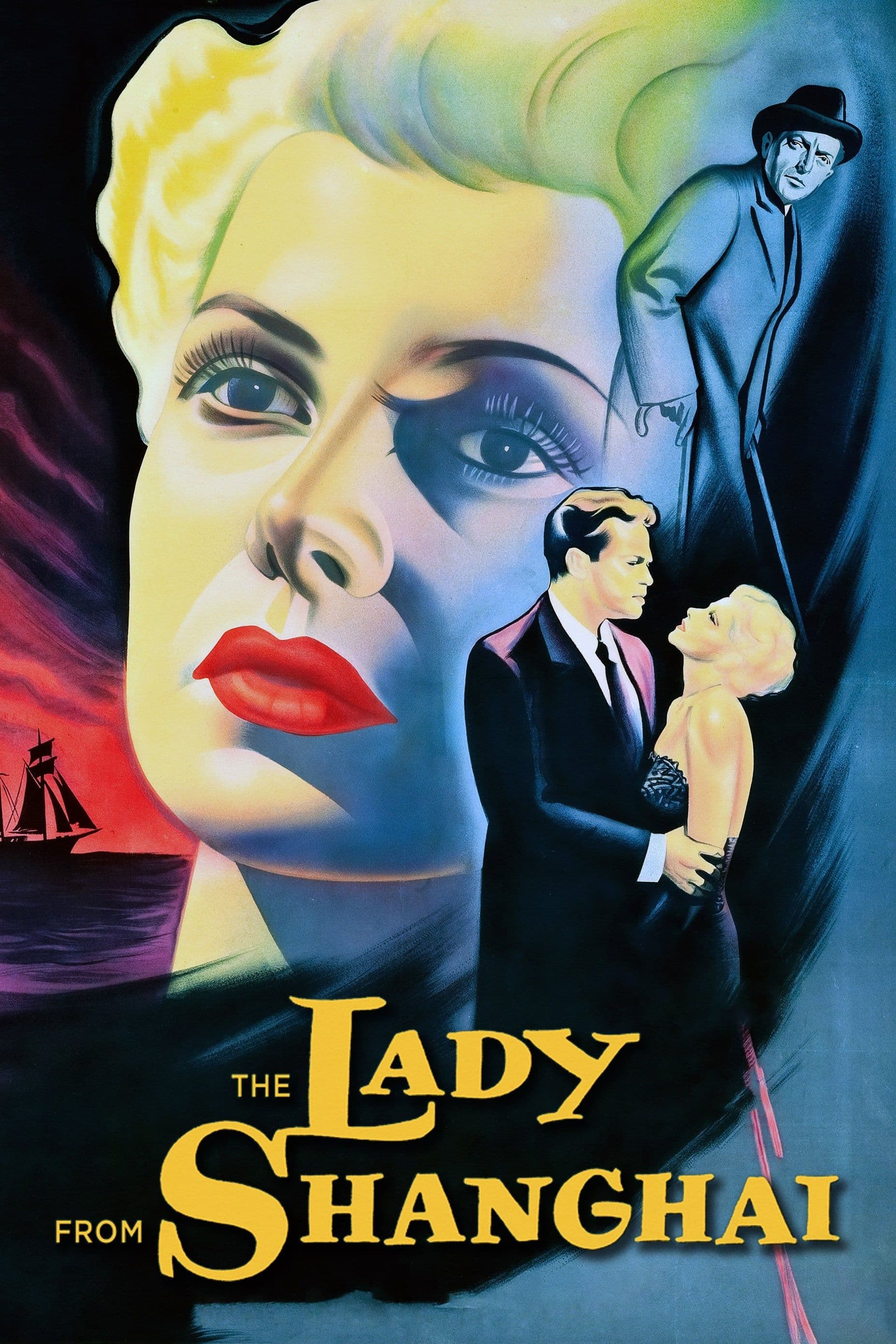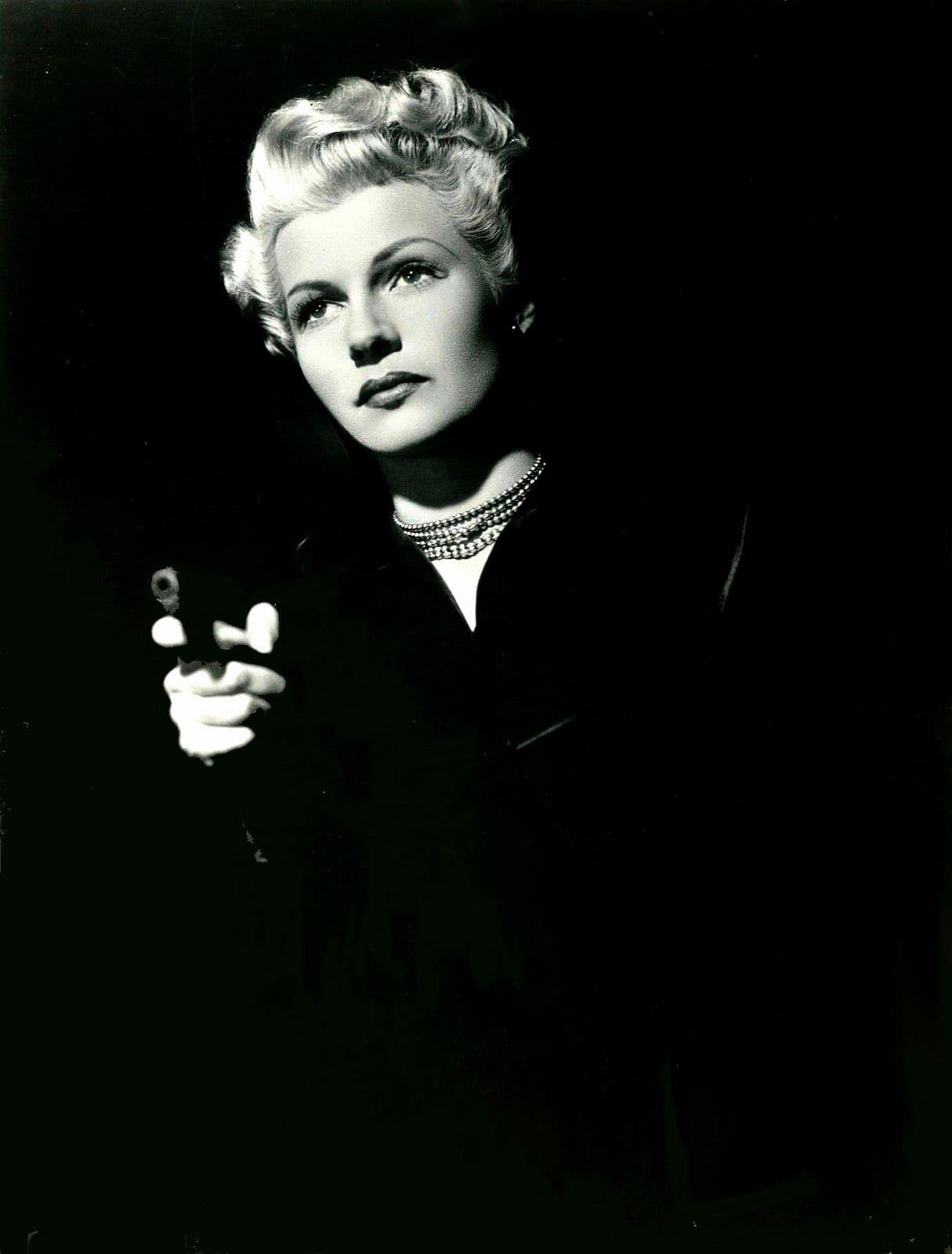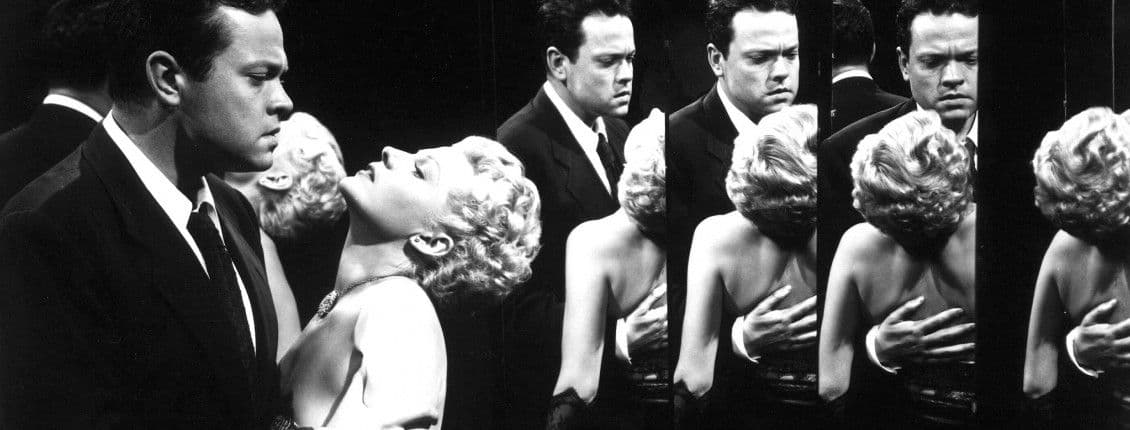
The Lady from Shanghai
1947
Rate this movie
Average: 4.00 / 5
(1 votes)
Director
Welles was in a particularly fervent creative period when Columbia decided to entrust him with their top star, Rita Hayworth, for his next work. A fervor, it must be said, that consistently clashed and continues to clash with the production logic of an industry that had never truly understood his vision. After the atrocious mutilation of The Magnificent Ambersons and the increasingly fragile artistic freedom granted to him, Welles arrived at Columbia with a reputation as an enfant terrible but also with undeniable genius, a draw due to his controversial debut masterpiece, Citizen Kane.
The problem is that Orson Welles's genius hardly aligns with the commercial aims of Hollywood producers, and proof of this is this splendid film, culpably held back for 2 years for fear of image damage to Rita Hayworth, Columbia's golden goose in those years. A fear that materialized in the unforgivable decision to amputate the film and then, as mentioned, to confine it for a full two years in distribution limbo, a punishment inflicted on a work that dared to dismantle Hayworth's polished aura, the Technicolor Venus the American public had learned to love in technicolor. The stark cutting of her iconic auburn hair, replaced by a platinum blonde with an almost deadly demeanor and a colder, more cerebral sensuality, was only the most evident of the sacrileges in the eyes of the studio magnates, incapable of perceiving in the transformation a dizzying artistic expression rather than a fatal assault on the registered trademark.
Based on a novel by Sherwood King titled “If I Die Before I Wake,” the rights to which were acquired by producer William Castle for the paltry sum of 600 dollars, it is the story of an Irish sailor who escorts a lawyer, his wife, and his shady business partner from San Francisco to Acapulco on a yacht. From King's modest literary substratum, Welles shapes not a mere transposition, but an authentic metamorphosis, infusing the original material with an unease and psychological depth absent in genre prose. The story of the young and naive sailor Michael O'Hara, played by Welles himself with a self-irony tinged with melancholy, thus becomes the pretext for not only a geographical, but a moral journey: an odyssey that drags him from the reassuring docks of San Francisco to the dark labyrinths of the human soul, aboard a yacht that quickly reveals itself to be a claustrophobic shell, a floating prison for drifting souls.
Soon the man will realize he has stumbled into a den of beasts where the most fearsome and treacherous of the creatures is the woman. This "den of beasts" reveals itself as a gallery of grotesque and predatory characters, a miniature society where greed, lies, and sexual perversion are the only currencies of exchange. And at the center of this urban, or rather, maritime jungle, is Elsa Bannister, the femme fatale par excellence, but a Welles-esque femme fatale, thus multifaceted and elusive. She is not merely the seductress who will try by every means to drag him into a spiral of venom, but is herself both victim and executioner within a sick system of relationships, a cog in an inexorable machine of which her husband, the powerful and paralyzed lawyer Arthur Bannister (played with glacial mastery by Everett Sloane), is the sadistic and omniscient puppeteer.
A poison that is not only the metaphorical one of lies and betrayal, but almost tangible in its pervasiveness, corrupting every interaction, every gesture of presumed innocence. Welles's mastery lies precisely in making this latent corruption palpable, transforming the narrative into a labyrinth of mirrors and deceptions, where every reflection hides a distorted truth and every revelation leads to a further layer of ambiguity. Justice is a farce, love a mirage, and innocence a vulnerability to exploit.
A work au noir that would be truly reductive to classify merely as noir. It is true, The Lady from Shanghai draws heavily from the aesthetic and conventions of film noir – Russell Metty's expressive chiaroscuro, the intricate plot, the voice-over narration in medias res, the archetypal figure of the femme fatale. But Welles, with his unmistakable authorial imprint, breaks down and reassembles these elements into a postmodern deconstruction of the genre, anticipating by decades the debate on the nature of cinema. He doesn't merely tell a story, but examines its construction, emphasizing the fragility of truth and the deception inherent in perception. His is a meditation on justice and illusion, an exploration of the abyss that opens between appearance and reality, themes dear to the director since Citizen Kane and which would culminate in his enigmatic F for Fake.
It is a complex work, sublime in its vermicular semantic tunnels that branch out from its center to ensnare an almost catatonic viewer completely at the mercy of the camera and Welles's genius. The apex of this dizzying visual and narrative hermeneutics is reached in the final sequence, that in the hall of mirrors of an abandoned amusement park: a dizzying ballet of reflections and fragments, where identities multiply and shatter, silhouettes distort, and reality dissolves into a kaleidoscope of optical illusions. It is a moment of pure cinema, of dazzling virtuosity, but also a sharp metaphor for the distorted psyche of the characters and Welles's own disillusionment with a world – and a Hollywood system – in which image counts more than substance, and truth is a malleable concept. O'Hara's famous final speech, about the world as a place of sharks and wolves, and the need to leave before being devoured, resonates as a bitter epitaph for lost innocence, a warning about the intrinsic solitude of man and the futility of any attempt at redemption in such a degraded moral universe.
Welles, here in his third film, already demonstrates a complete stylistic mastery, elevating cinematic language to an instrument of philosophical inquiry. Every shot is calibrated to disorient, every cut to reveal the artificiality of the construction. His bold use of deep focus, no longer to emphasize objectivity as in Citizen Kane, but to underscore the deceptive depth of spaces, and distorted acoustics, which amplify the sense of paranoia and claustrophobia, are all elements of a stylistic signature that goes far beyond simple staging. The Lady from Shanghai is not just a noir that pushes beyond its boundaries, but an existentialist work, a parable on the corruption of the soul and the illusory nature of justice and love. It is clear proof of how genius, even when hindered and opposed by commercial myopia, manages to shape something unforgettable, a warning about the fragility of American dreams and the inexorable decay hidden behind their most polished facades. A rediscovered masterpiece, which continues to shine with a dark and unmistakable light.
Country
Gallery






Featured Videos
Official Trailer
Comments
Loading comments...